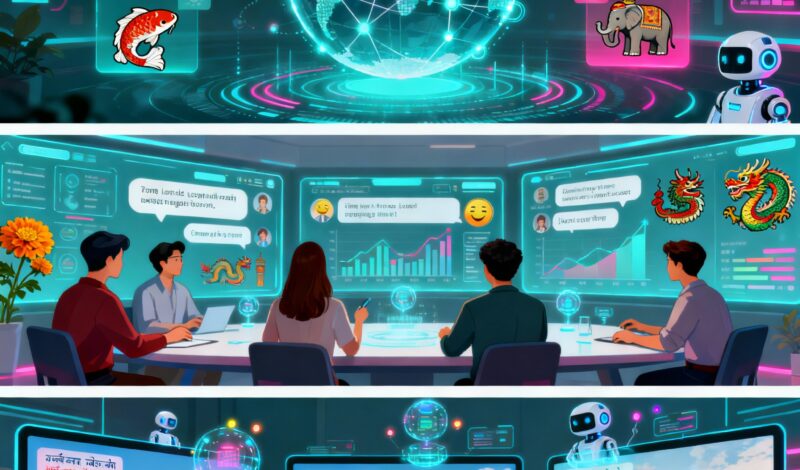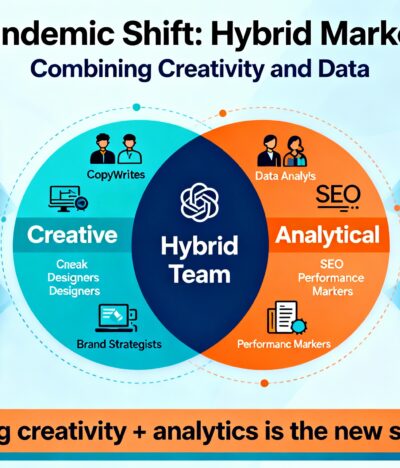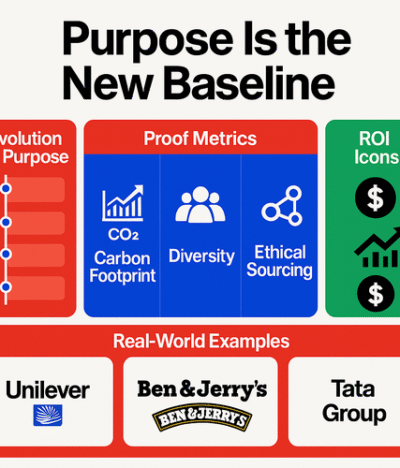Beyond Automation: The Power of Human + AI Collaboration in Marketing
In today’s hyper-connected world, human + AI collaboration in marketing is transforming how global brands connect with audiences. By combining human creativity with artificial intelligence, businesses can seamlessly adapt campaigns across languages, cultures, and regions—ensuring every message feels native, authentic, and emotionally relevant.
Global marketing today isn’t just about speaking to audiences—it’s about speaking like them. As brands expand across borders, AI-powered localization and human collaboration have become the essential bridge between global scale and cultural authenticity.
By blending machine intelligence with human nuance, marketers can now tailor content for multiple regions in real time—making every campaign locally relevant, not lost in translation.
The Evolution of Performance Marketing
Performance marketing has always been data-driven — but the explosion of AI has elevated it to a new level.
Traditionally, marketers relied on historical data, manual testing, and educated guesses. Now, AI-driven insights automate these processes, analyzing real-time data across multiple channels to find patterns that would take humans weeks to uncover.
This shift doesn’t eliminate human marketers; it redefines their role — from number crunchers to strategic decision-makers.
Why Human + AI Collaboration Matters
Humans Think, AI Calculates: AI excels at analyzing patterns, optimizing bids, and predicting user behavior. But it lacks the context, emotion, and cultural awareness that drive meaningful storytelling. Human marketers interpret AI’s findings through a creative and ethical lens, ensuring campaigns remain authentic and audience-centric.
Efficiency Meets Empathy: While AI handles repetitive tasks like A/B testing or audience segmentation, humans focus on ideation, brand tone, and campaign vision. This human + AI collaboration frees teams to spend more time innovating and less time firefighting.
Better Decisions, Faster Results: AI can process millions of data points in seconds, but decisions still need human judgment. The best performance marketing teams use AI as a co-pilot — not a driver — balancing data precision with brand purpose.
The AI Toolkit for Performance Marketing Teams
Predictive Analytics Platforms: AI tools analyze patterns in customer journeys to forecast conversions, churn, and engagement. Marketers then tailor creative strategies to align with these predictions.
Automated Ad Optimization: AI dynamically adjusts bidding, placement, and copy variations in real time, maximizing ROI. Humans guide this optimization with brand knowledge and creative direction.
Natural Language Processing (NLP): NLP tools analyze audience sentiment and craft ad copy variations. Human marketers refine the tone to maintain authenticity and emotional resonance.
Creative AI Assistants: AI platforms like Midjourney or ChatGPT help brainstorm ideas or draft messaging frameworks. However, human editors ensure the brand voice remains unique and consistent.
Redefining Team Roles in the AI Era
The new hybrid structure of marketing teams integrates AI into every function. Each human role now has an intelligent counterpart.
The Strategist + AI Analyst: Strategists collaborate with AI tools to identify emerging market opportunities. While AI crunches numbers, humans align outcomes with brand goals and customer needs.
The Creative + AI Generator: AI generates ad copies, designs, or headlines based on data trends, but creatives infuse them with emotional depth and storytelling value.
The Media Planner + AI Optimizer: AI automates bid strategies and spend allocation, while planners ensure alignment with campaign objectives, seasonal trends, and ethical standards.
This redefined structure fosters collaborative intelligence — where AI enhances each human function without replacing it.
Challenges in Human + AI Collaboration
Even the most advanced teams face challenges integrating AI effectively.
Data Bias and Misinterpretation: AI models are only as good as the data they’re trained on. Human oversight ensures biased inputs don’t lead to flawed conclusions or discriminatory targeting.
Skill Gaps: Marketers must understand how AI systems work — not just use them. Upskilling in data literacy, automation tools, and ethical AI usage is crucial for sustainable collaboration.
Trust and Transparency: AI can seem like a “black box,” where decisions aren’t always explainable. Building trust means ensuring algorithms are transparent and decisions auditable.
Case Example: A Human + AI Win
A leading e-commerce brand integrated AI-human collaboration into its paid media strategy.
AI’s Role: Automated real-time bidding and optimized ad delivery using user engagement data.
Human Role: Adjusted creative direction and messaging to resonate with regional audiences.
Results: 27% lower cost per conversion and 35% higher engagement within six weeks.
This case demonstrates that human + AI collaboration doesn’t just improve performance — it multiplies impact when both sides operate in harmony.
Building a Collaborative Culture
To unlock the full potential of human + AI collaboration in marketing, organizations must focus on culture and structure.
Educate, Don’t Replace: Train teams to view AI as an ally. Provide workshops and cross-functional learning opportunities that help marketers understand and trust the technology.
Encourage Experimentation: Create space for A/B testing with AI-generated assets. Encourage creativity while using data to validate and refine outcomes.
Focus on Ethics and Responsibility: Ensure campaigns align with ethical marketing practices. Humans must always have the final say in how data is used and interpreted.
The Future of Performance Marketing Teams
The next generation of performance marketing will thrive on human + AI collaboration. AI will continue to evolve, taking on more complex analytical and operational tasks — but creativity, emotion, and ethics will remain uniquely human domains.
Teams that master this balance will not only outperform competitors but also build brands rooted in trust, authenticity, and innovation.



